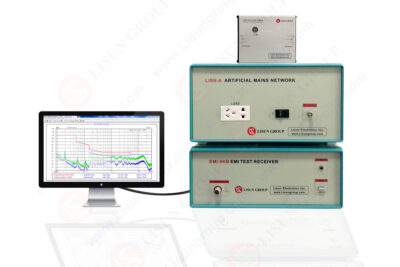
Introduction Electromagnetic Interference (EMI) and Electromagnetic Compatibility (EMC) testing are critical processes in the development and certification of electronic devices. These tests ensure that devices operate reliably in their intended environments without causing or suffering from electromagnetic disturbances. LISUN, a leading provider of testing equipment and solutions, plays a pivotal...

Introduction The rapid advancement of LED lighting technology has transformed the illumination industry, making LED lamp testing equipment a critical tool for ensuring the quality, performance, and reliability of LED luminaires. The LPCE-2 (LMS-9000) LED CCD Rapid Photometric and Electrical Comprehensive Testing System, developed by LISUN, Ltd., stands as a pinnacle of LED lamp testing equipment, ...

1. Introduction In the realm of electronics, the accurate measurement of electrical components’ properties is crucial for product development, quality control, and research purposes. LCR meters and impedance analyzers play a pivotal role in this regard. These instruments are designed to measure the impedance characteristics of various components, such as inductors (L), capacitors (C), and re...
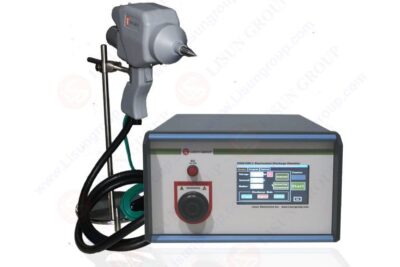
Introduction Electrostatic Discharge (ESD) is a phenomenon that occurs when two objects with different electrostatic potentials come into contact, causing a rapid transfer of electric charge. This seemingly simple physical event can have profound consequences in the electronics industry, particularly in the manufacturing, testing, and operational environments of sensitive electronic components. In...
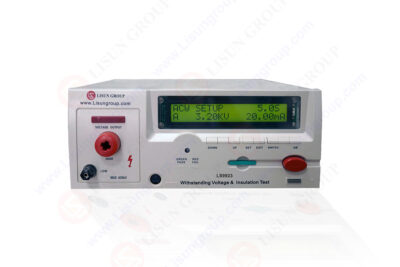
Abstract This paper delves into the crucial role of withstand voltage insulation testers in ensuring electrical safety. With a specific focus on the LISUN LS9923 Programmable Withstanding Voltage & Insulation Test instrument, it explores the principles behind its operation, its technical specifications, and diverse applications across various industries. By analyzing its features, comparing it...
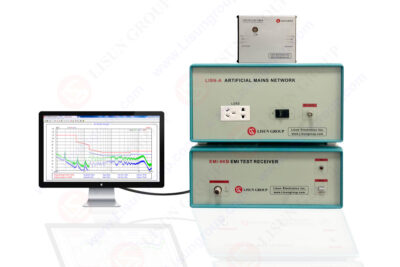
Introduction As electronic devices become increasingly complex and ubiquitous, electromagnetic compatibility (EMC) and electromagnetic interference (EMI) have emerged as critical factors in the design, manufacturing, and operation of modern electronics. Whether in consumer electronics, industrial control systems, or aerospace applications, EMC/EMI issues can disrupt system performance, compromise ...

Abstract This paper focuses on the application of Common Mode Inductor Balance Tester in the balance measurement of inductance (Ls) and direct current resistance (DCR) for common mode inductors and filter common mode inductors. Taking the LISUN LS8517CX Common Mode Inductor Balance Tester as a core case, the article elaborates on the technical principles, measurement accuracy, functional character...
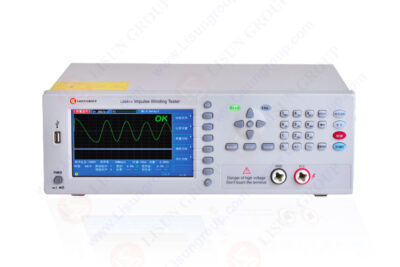
In the realm of electrical and electronic engineering, ensuring the quality and reliability of electrical components is of paramount importance. Among the various testing instruments, the impulse winding tester stands out as a crucial device for evaluating the integrity of coils, which are fundamental components in numerous electrical systems. This article aims to comprehensively answer the questi...

Introduction In modern industrial production and scientific research, high-low temperature and humidity alternating test chambers are critical environmental testing devices widely used in industries such as electronics, telecommunications, automotive, aerospace, and materials science. These chambers simulate extreme conditions, including high temperatures, low temperatures, high humidity, and low ...